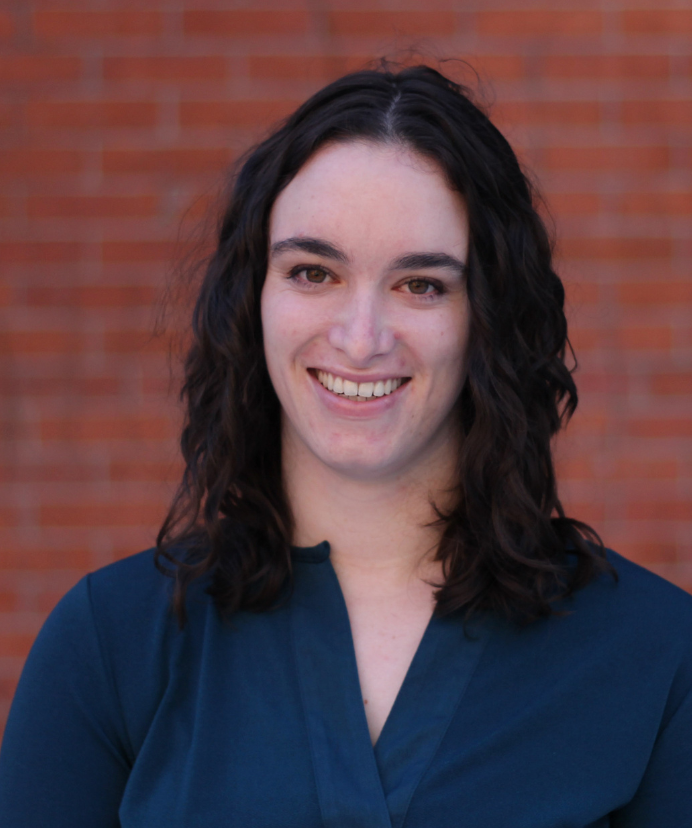Dr. YouTube
YouTube was reported as the most used social networking site for health information.

Read Time: 2 minutes
Published:
Unreliable and false information online can harm public health. Research from the Center for an Informed Public at the University of Washington has identified YouTube as the biggest spreader of false information. Throughout the Covid-19 pandemic, health message videos on YouTube were mixed with videos of conspiracy theories and misinformation. Understanding viewers’ online health information-seeking behaviors can help explain the too-easy spread of misinformation.
Yuki Lama and team set out to learn how individuals use social media and online resources to access health information. Using data from the Health Information National Trends Survey, the researchers analyzed whether adults visited or shared health information on social networking sites, participated in online health forums or support groups, and watched YouTube videos related to health.
YouTube was the most used social networking site for health information. Forty-one percent of respondents reported watching health videos on YouTube. while only 19.6 percent shared health information online, and 10.4 percent used online support groups. Researchers found that YouTube was watched most often by those who are under 35, females, and racial minorities.
Regulation of health content is inconsistent across the social networking platforms. Attempts by social media companies to monitor its users’ most outrageous claims creates challenges for making reliable health messages accessible.
Over the summer, YouTube addressed the spread of Covid-19 misinformation on its platform after being called out by the US Surgeon General. The company claims it will do better in highlighting verified health sources and adding additional health links to the side of videos. Time will tell if this makes a dent in the spread of false information.
Lama Y, Nann X, Quinn S. General and health-related social media use among adults with children in the household: Findings from a national survey in the United States, Patient Education and Counseling, 2021.



